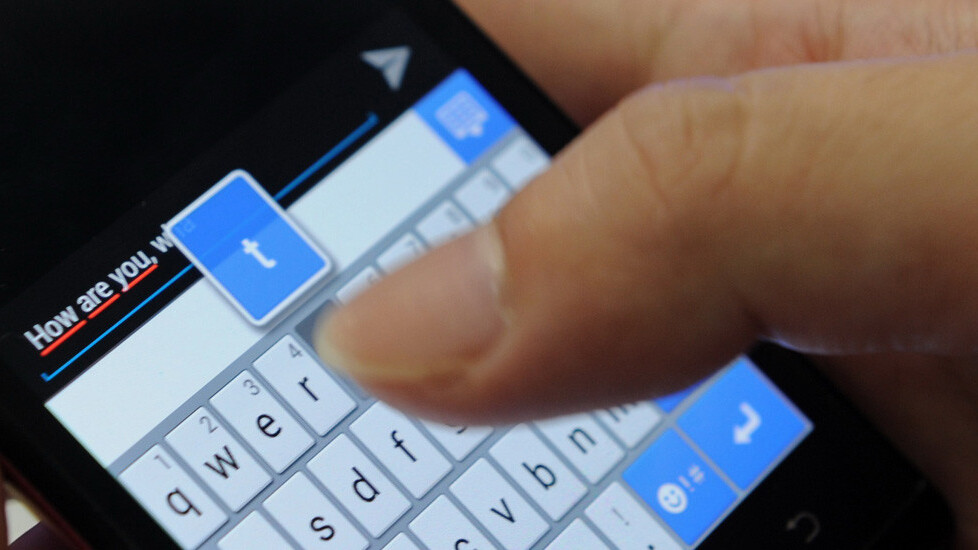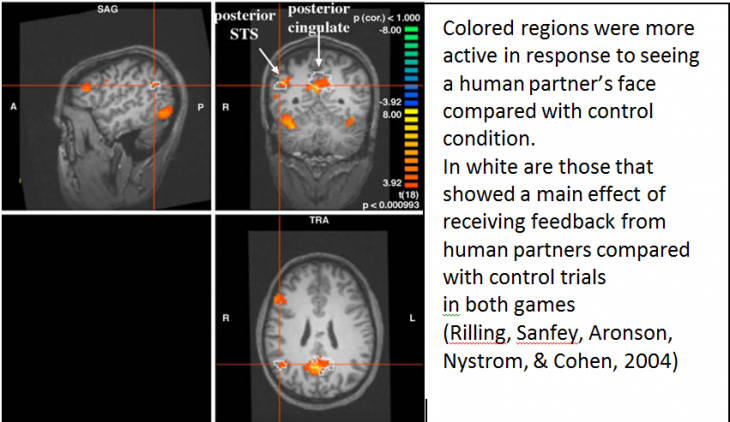
Dr. Liraz Margalit is the Customer Experience Psychologist at ClickTale.
Arriving home after a long day at the office spent almost entirely in front of the computer, you take off your shoes, make yourself a drink and, ironically, sit in front of your computer again. It’s incredible how many of us choose to communicate with others through social media channels like Facebook and Twitter rather than speaking directly with the people we share our homes with.
In fact, when we sit with our laptops and chat with friends, we feel we are relaxing and escaping from our daily grind into the digital world.
Why does this happen? Why is communicating through a computer so often easier than communicating face to face?
Social interaction, theory of mind and emotional involvement
One popular platform for studying the psychological implications of social interaction is the Ultimatum game. In a typical Ultimatum game, one person (the divider) is in charge of dividing a resource between herself and another person (the recipient).
Usually, the resource is an amount of money, and the divider is free to choose any division she wants. The recipient can accept the divider’s offer, in which case the money is split accordingly, or reject the offer. If the offer is rejected, both players get nothing.
In one of the most cited articles in the field of Behavioral Economic, Sanfey et al (2003) analyzed the brain processes behind recipients’ responses to unfair offers (in which the divider offers 30 percent or less). It found that unfair offers made by human partners were rejected at a significantly higher rate than offers made by a computer, suggesting that participants had a stronger emotional reaction to unfair offers from humans than to the same offers from a computer.
These findings were supported by neuroimaging results. The magnitude of activation in regions of the brain that are known to be involved in negative emotional states like pain and distress was significantly greater for unfair offers from human beings, compared with unfair offers from computer counterparts.
Compared to interactions with computers, social interaction ‘activates’ a consistent set of brain areas. These regions are in charge of making inferences about other human minds.
One of the distinctive attributes of human social cognition is our tendency to build models of other minds, which helps us make inferences about the mental states of others. When interacting with other people, we automatically make inferences about them without even being consciously aware of it. We cannot help but ponder what they are thinking about, what their facial expressions mean, what their intentions are, and so on.
This predisposition is what makes social interactions so demanding. This suggests that interaction with human partners requires more emotional involvement, and thus more cognitive effort, than interacting with a computer (Rilling, Sanfey, Aronson, Nystrom, & Cohen, 2004).
The study also shows a difference in activation strength between our reactions to human beings and computers. When we interact with another human being, we cannot control our emotional involvement invested in the interaction process. The activation of specific brain areas is automatic once our mental radar detects another person.

So although we may be unaware of why it so often feels easier to interact through a computer (particularly when we are feeling tired or drained), the conclusion is clear – a computer does not require cognitive or emotional involvement, making our interaction with it much easier.
Why is communication through social-oriented websites easier than face to face?
Studies have found that day-to-day interactions are based almost entirely on nonverbal communication. When we interact with others, we are continuously processing wordless signals like facial expressions, tone of voice, gestures, body language, eye contact, and even the physical distance between us and them.
These nonverbal signals are the heart and soul of the interaction. We cannot understand the true meaning of an interaction if we do not have the ability to interpret these nonverbal signals (as in the case of autism).
They enable us to infer the other person’s intentions, as well as how involved they are in the conversation, whether they are stressed or relaxed, if they are attracted to us, and so on. Nonverbal signals add a level of depth to the interaction, but demand cognitive and emotional effort.
Online interactions, on the other hand, do not require this extra effort because they are founded on minimal or constrained social cues, most of which can be summed up in emoticons or punctuation.

Face-to-face interaction is considered a ‘synchronized’ form of communication. One person is silent while the other speaks, one nods while the other explains, and one knows the other isn’t necessarily finished speaking even if they’re silent; we can tell when our counterpart is processing information.
Synchronized behavior is impossible online, as we cannot see the other person. If a person asks, “Are you there?” in a messaging platform and does not receive an immediate answer, there is no way to ascertain whether the other person has not answered because they are not there, they do not feel like speaking at that moment, or they are angry with the ‘speaker.’
In this type of ‘unsynchronized’ communication, the interaction need not be coordinated because the behavior is not directed by the other person’s feedback. People in online interactions are much more casual because they do not have to be attentive to each others’ signals.
It is well-documented that observing others in a particular emotional state automatically triggers the representation of that state in the observer (Dimberg & Thunberg, 1998). So if we see another person sad, we will experience how that person feels.
This phenomenon is believed to support our ability to understand social interaction; sharing others’ emotional states facilitates our understanding and prediction of their intentions and actions because emotions make individuals feel, act and view the world in a similar fashion (Hatfield, Cacioppo, Rapson, 1994).
In contrast, online interactions are devoid of emotions. One tragic example involves a mother, Sharon Seline, who often exchanged text messages with her daughter, who was away at college. One afternoon, they ‘chatted’ back and forth, with mom asking how things were going and daughter answering with positive statements followed by emoticons of smiles and hearts.
Later that night, the daughter attempted suicide. The signs of depression were there, but could only have been interpreted through face-to-face communications and the sharing of her emotional state.
Social media facilitates a virtual form of interaction
The term ‘virtual’ is used to describe things that are not real, but which take on the important qualities of the real. When playing a computer war game, for example, we can experience excitement, frustration and tension, but we can never be injured.
In fact, the creators of virtual war games argue that the virtual experience is better than the real one, because the dangers connected to the real experience are removed.
In the same way, interactions via social media make visitors feel connected without the difficulties and complexities involved in face-to-face interactions. Compared to interactions with computers, interactions with human counterparts require more emotional involvement, cognitive effort and brain activation. When we are not in the mood to exercise these resources, we too often choose the easier, virtual option.
Get the TNW newsletter
Get the most important tech news in your inbox each week.






